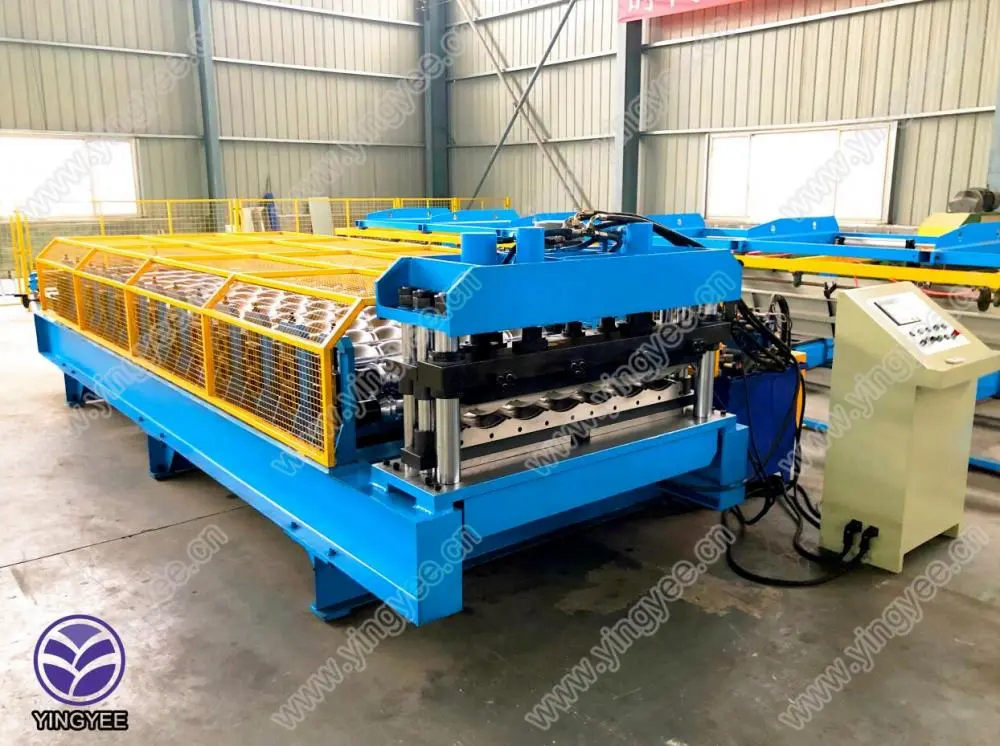
The Advancements in Color Stone Coated Roof Tile Production Lines
In the realm of construction and architecture, the importance of roofing materials cannot be overstated. As urbanization continues to escalate worldwide, the demand for durable, aesthetically pleasing, and environmentally sustainable roofing options has surged. One innovative solution that has garnered significant attention is the color stone coated roof tile. This article aims to delve into the advancements and intricacies of the production lines dedicated to this remarkable roofing material.
Color stone coated roof tiles are designed to offer both aesthetic appeal and functional durability. They consist of a core, often made of steel or concrete, coated with a layer of stone granules that provides a beautiful finish while enhancing robustness. The production line for these tiles is a sophisticated system that integrates various technologies to ensure efficiency, quality, and innovation.
The Production Process
The production line for color stone coated roof tiles typically involves several key stages raw material preparation, tile forming, coating, and quality inspection. Each of these stages is critical to producing a high-quality product that meets market standards.
1. Raw Material Preparation The process begins with sourcing high-quality steel sheets and natural stone granules. The steel sheets provide strength and formability, while the stone granules, available in various colors, give the tiles their distinctive look. The materials must be rigorously tested for quality and consistency before proceeding to the next stage.
2. Tile Forming In this phase, the steel sheets are fed into a roll-forming machine, which shapes them into the desired profile for the roof tiles. This process is highly automated, ensuring precision in dimensions and reducing material waste. Some advanced production lines include a pre-treatment process that enhances the corrosion resistance of the steel, extending the lifespan of the tiles.
3. Coating Once formed, the tiles are then coated with a mixture of adhesives and stone granules. This is a critical step, as the right coating not only adds to the visual appeal but also provides protection against weather elements. The tiles are typically subjected to a treatment that enhances their water resistance and UV stability, ensuring they can withstand harsh environmental conditions.
4. Quality Inspection After coating, each tile undergoes thorough quality inspections. This includes testing for adhesion strength, color uniformity, and resistance to various stresses. Advanced production lines utilize automated inspection systems that employ cameras and sensors, ensuring that only high-quality products proceed to packaging.

Technological Innovations
Recent advancements in technology have revolutionized the production lines of color stone coated roof tiles. Automation has played a pivotal role in enhancing efficiency and reducing labor costs. Robotic arms can now handle delicate processes, such as stacking and moving tiles, with precision that minimizes damage.
Additionally, the integration of artificial intelligence (AI) algorithms allows manufacturers to monitor production metrics in real-time. This capability enhances decision-making, as manufacturers can quickly identify and rectify issues in the production process. Such innovations not only improve productivity but also help in maintaining consistent quality throughout the production line.
Environmental Considerations
As the world becomes more environmentally conscious, the production of color stone coated roof tiles has also adapted to meet these standards. Many manufacturers are now focusing on sustainable practices, using recycled materials and less energy-intensive processes. The stone granules used in these tiles are often sourced from local quarries, reducing the carbon footprint associated with transportation.
Moreover, the durability and longevity of color stone coated roof tiles contribute to sustainability. With a lifespan that can exceed 50 years, these tiles reduce the need for frequent replacements, thereby minimizing waste.
Conclusion
In conclusion, the production lines for color stone coated roof tiles represent a perfect blend of innovation, efficiency, and sustainability. As technology continues to evolve, these production processes are expected to become even more refined, offering superior products that meet the ever-increasing demands of modern architecture. For homeowners, builders, and architects alike, color stone coated roof tiles present a viable solution that enhances the aesthetic appeal and longevity of roofing, all while being environmentally friendly. The future of roofing looks promising, anchored firmly by the advancements in production line technology.